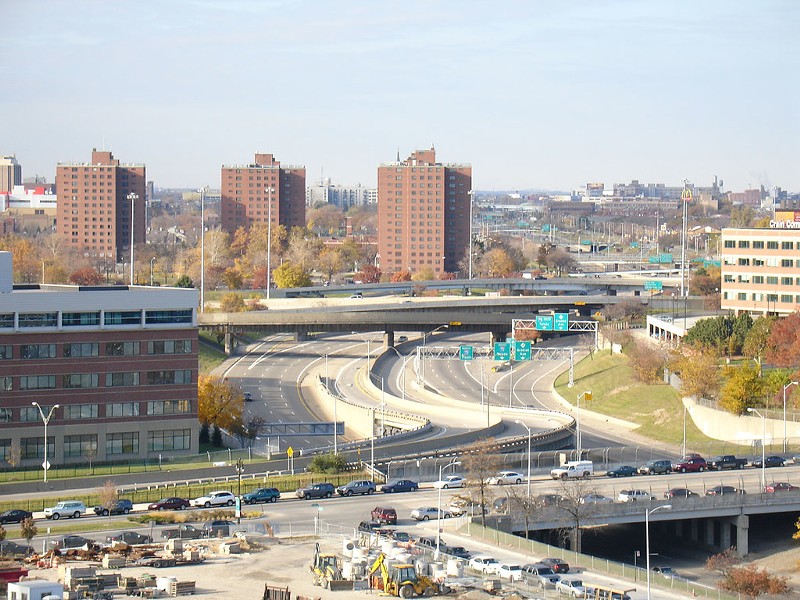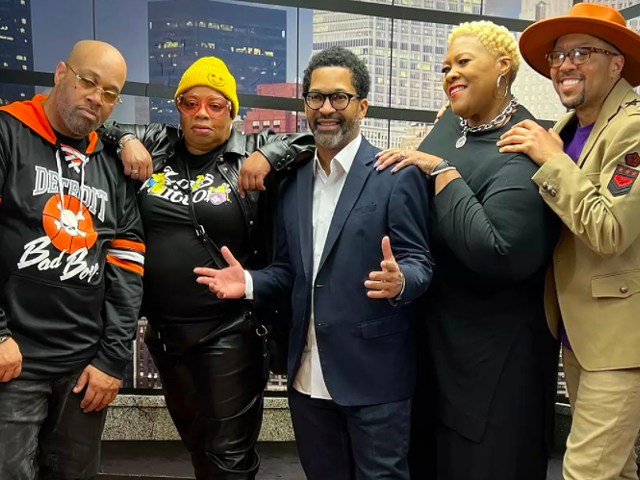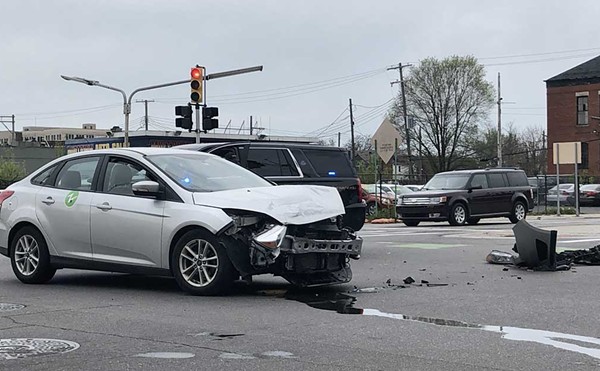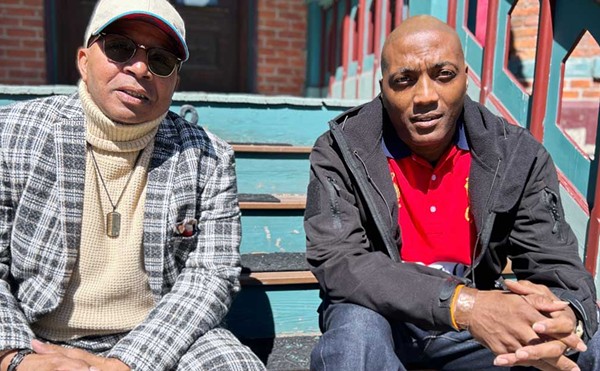Plans to turn Detroit’s I-375 into an ‘urban boulevard’ to move forward this spring
[
{
"name": "GPT - Leaderboard - Inline - Content",
"component": "35519556",
"insertPoint": "5th",
"startingPoint": "3",
"requiredCountToDisplay": "3",
"maxInsertions": 100
}
]
By now, everyone should know that the prominent Black neighborhoods Paradise Valley and Black Bottom were bulldozed back in the day to build Detroit’s I-375 freeway — among the many other predominantly Black communities that were razed by the interstate highway system.
Now, Gov. Gretchen Whitmer has announced the state is finally ready to move forward with plans to replace I-375 with an “urban boulevard.”
Whitmer and Detroit Mayor Mike Duggan reportedly met Wednesday to discuss the plans, with Duggan imagining the boulevard to look something like the Avenue of Fashion on Livernois — a sprawling, walkable district populated mostly by Black-owned businesses.
Whitmer had previously requested federal funding for the project, and it was given the green light after an environmental review by the Federal Highway Administration was completed.
Now that Michigan has secured a Finding of No Significant Impact (a formality that had to be given before work on the project could start), the design phase will commence this spring. Construction is expected to begin in 2027.
It’s time for Whitmer’s call to “fix the damn roads,” as she once campaigned, to address the highway's unjust legacy.
"Since I took office, Michigan has fixed over 13,000 lane miles of road and over 900 bridges while supporting nearly 82,000 jobs," Whitmer said in a press release. "As we continue getting things done on the roads, however, we must take a closer look at the unjust legacy of so many of our freeways. This includes I-375, which paved through two prosperous Black neighborhoods decades ago, displacing 130,000 people, hundreds of small businesses, churches, and more. Now, we must build up our state's infrastructure with equity at the core."
I-375 was built in the early 1960s, completely demolishing a thriving Hastings Street and creating a barrier between Detroit’s central business district and neighborhoods to the east. The Detroit Historical Society estimates there were more than 300 Black-owned businesses in the Black Bottom and Paradise Valley districts, including doctors' offices, grocery stores, and pharmacies. That is, until they were forced to move so the freeway and Lafayette Park residential development could be built.
"Removing the freeway ditch and replacing it with a street-level boulevard will unlock enormous development opportunities," Duggan said in the press release. "It was Black residents and Black businesses that were hurt when Black Bottom was wiped out and they were displaced for the construction of this freeway. Black businesses today should benefit from the enormous development opportunities this project will create. The equity of who participates will be just as important as how the new boulevard ultimately will look."
The proposed street-level boulevard will start south of the I-75 interchange, continue to the Detroit River, and connect to the Eastern Market, Detroit Riverfront, and Brush Park. It will also create a new street to connect Eastern Market to Gratiot Avenue, and feature a two-way bike line.
Research for alternatives to replace I-375, the I-75/I-375 Interchange, and associated bridges began back in 2014. The Michigan Department of Transportation is planning to form a community-based advisory committee to get input from Detroiters that will (hopefully) be incorporated into the final design going forward.
Stay connected with Detroit Metro Times. Subscribe to our newsletters, and follow us on Google News, Apple News, Twitter, Facebook, Instagram, or Reddit.







